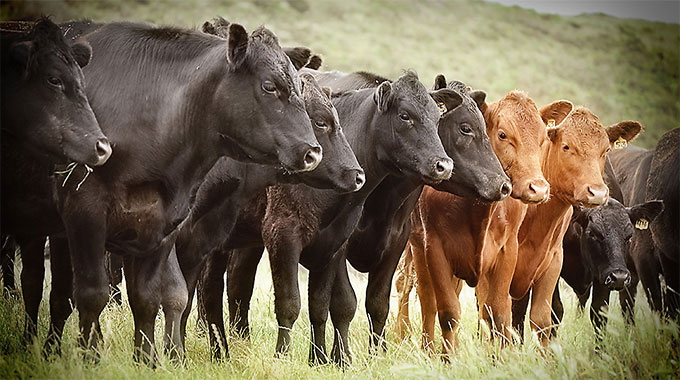
The Sunday News

Mhlupheki Dube
WE are approaching mid-November and conversations are getting desperate because the country has largely not received effective rains. It is getting difficult to hold a conversation for more than 10 minutes and you do not end up discussing the rains and the desperate livestock situation.
The situation is becoming desperate for both livestock production and crop production as farmers become anxious for lack of rains. I hope and pray that the rains will start falling soon. While October is probably the hottest and driest month of the year, November tends to be the more disastrous one to the livestock farmer requiring special attention and management.
This is the month when livestock mortalities tend to escalate and it is more frustrating to the farmer having carried the animal through the peak of the dry season only to lose it on the last lap of the journey. There are a few important points that livestock farmers need to appreciate about this time of the lean season and how to manage it.
Firstly, this is the time your animals are at the weakest if you have inadequate grazing as is the case with most smallholder livestock farmers. Your animals are at their weakest because they have depleted all their energy reserves because of the scarcity of the feed in the veld and the distance they travel to access the few drinking points that still has water.
As a management response therefore, you need to give your animals supplementary feed that will provide lots of energy. Throwing hay bales to a very weak animal may not be enough but mixing those bales with molasses will help a lot with energy provision.
That energy is important for the animal, even for it to be able to rise on its own. This is the time when most animals have to be assisted to rise and this can be a cumbersome job. Another important factor is to provide vitamin and mineral supplements. This is often ignored by most farmers as they concentrate in filling up the rumen with roughage and stover but forget the importance of these trace elements in the animal’s diet. Giving your animals a jab of multivat for example will help with provision of important vitamins that the animal needs and this can assist it to pull through this difficult month of a drought year.
A mineral lick will also help provide essential minerals such as phosphorous and calcium and these are important for the bones among other things.
The most difficult thing however, for this month is to manage the transition between the dry forage and the green vegetation. There is a deadly transition period of plus or minus two weeks after the effective rains and this is when most animals succumb to drought and it is the most painful period to the farmer because you were almost there. It is akin to carrying a patient that needs medical help such as drips all the way pushing him in a wheelbarrow and you lose him right by the hospital gate. First effective rains have two major effects on your animals. The few remaining dry matter, be it grass or leaves, will rot after the rains and animals will not be able to consume them. At the same time it will take at least two weeks after the rains to have green growth that your animals can pick. This is even more pronounced in areas that have trees that tend to shoot leaves late unlike the miombo vegetation which tends to shoot leaves a bit early and hence provide something for animals to pick on. So, it is during this two-week period after the rains that farmers coming from a severe drought like this one should try and manage to avoid losing the battle right at the end.
If you cannot afford commercial stock feeds by all means please get some hay bales and molasses for your animals.
You will definitely need to provide your animals with this while you wait for significant grass growth and shooting of tree leaves to help with the feed. Another important thing is to make sure your animals do not stray after the rains. The onset of the rains has a nostalgic effect on your animals, suddenly they think of flowing rivers and plenty of green grass because of the water and they will traverse all the veld looking for green grass. Keep them close and manage their expectations and avoid straying in search of non-existent green grass.
Lastly, your animals are not yet ready for draught power, use other means and let your animals gain condition and strength first. Many a times farmers have lost animals during or soon after a ploughing session because the animals were over-exerted yet they are still too weak for that task. Give the animals a break!
Uyabonga umntakaMaKhumalo.
Feedback [email protected]/ cell 0772851275.



